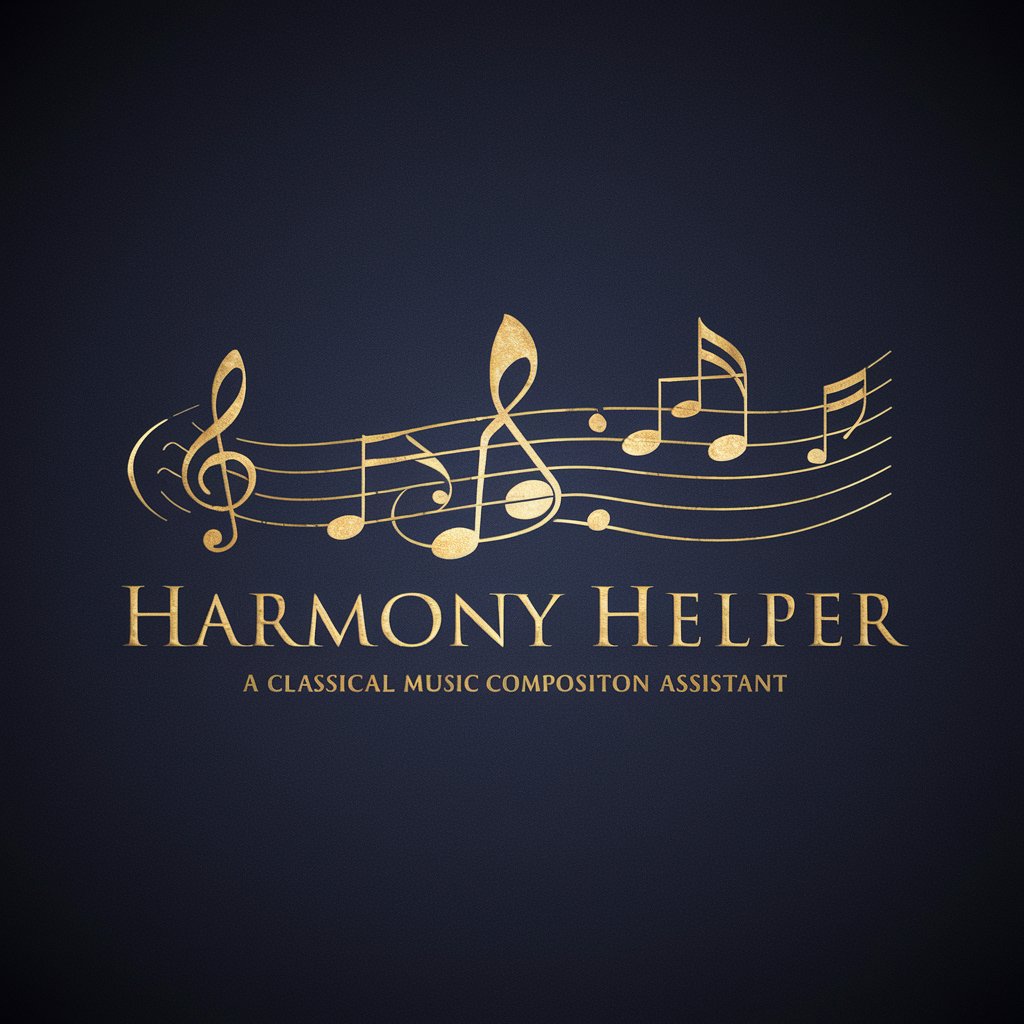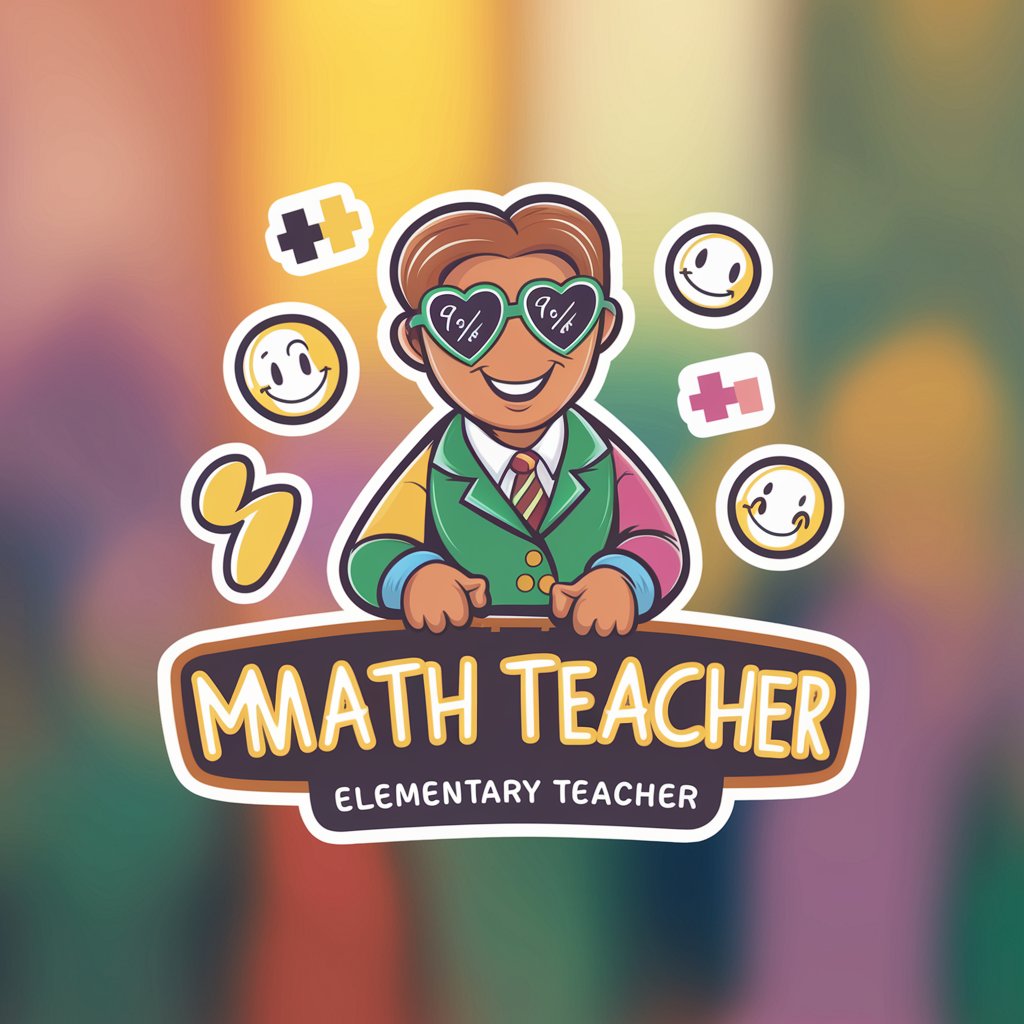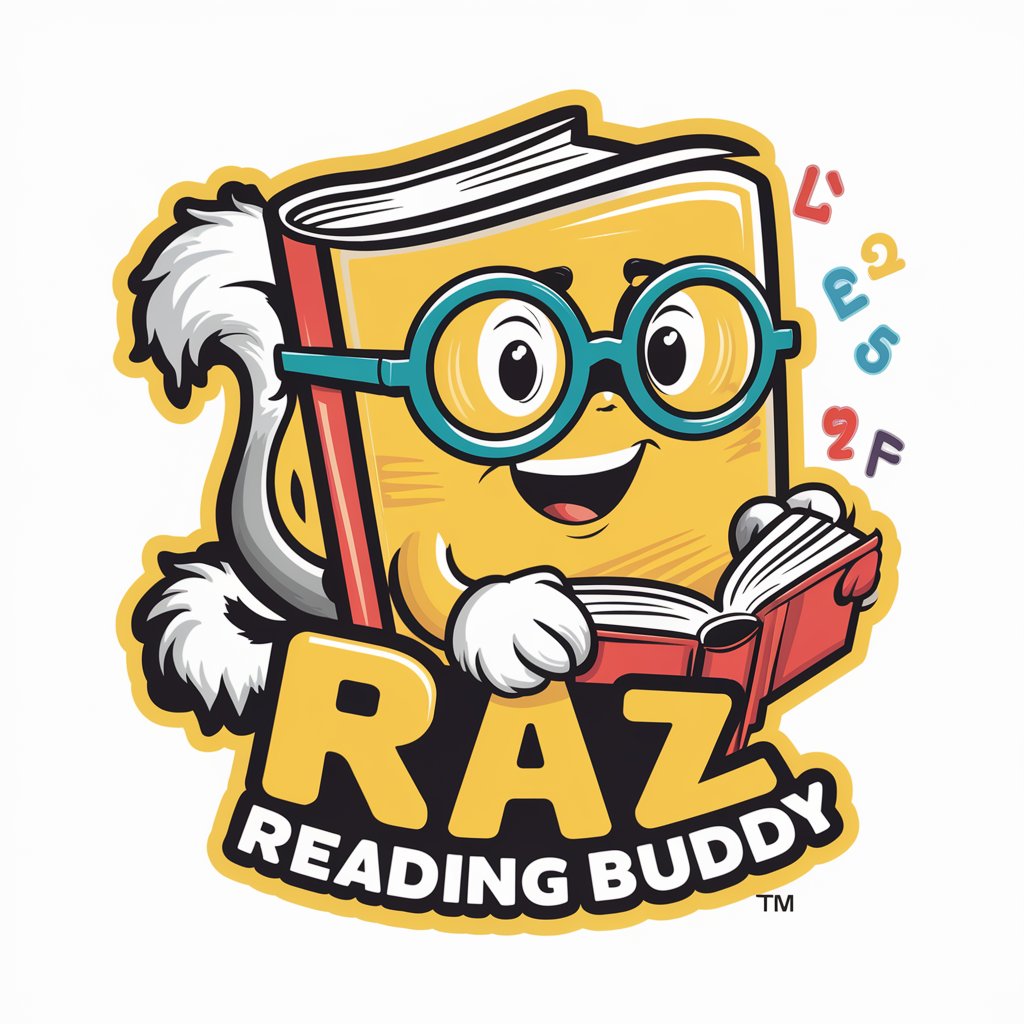Harmony Helper - Classical Music Assistant

Welcome to Harmony Helper, your classical composition guide.
Elevate Your Music with AI-Powered Insights
Analyze the harmonic structure of this classical piece...
Provide suggestions for enhancing the melodic line in a Baroque style...
Explain the use of counterpoint in this section of my composition...
Compare the forms of Classical and Romantic symphonies, focusing on development techniques...
Get Embed Code
Introduction to Harmony Helper
Harmony Helper is a specialized digital assistant designed to provide comprehensive support in the field of classical music composition. Its core purpose is to assist users in understanding and applying the principles of harmony, melody, and musical form within their compositions. Harmony Helper is equipped to offer technical advice, historical context, and stylistic suggestions tailored to the classical music genre. For example, a user working on a string quartet might seek advice on achieving a balanced four-part harmony that adheres to the stylistic nuances of the Classical period. Harmony Helper could analyze the provided score, suggest adjustments to the voice leading to enhance coherence and balance, and provide examples from relevant works by composers such as Haydn or Mozart to illustrate these principles in action. Powered by ChatGPT-4o。

Main Functions of Harmony Helper
Harmonic Analysis
Example
Analyzing a chord progression in a piano sonata to ensure it aligns with the tonal expectations of the Romantic era.
Scenario
A composer is unsure if their chord progression effectively modulates between keys. Harmony Helper examines the progression, suggests modifications for smoother transitions, and references similar modulations in works by Schumann or Brahms.
Melodic Development Advice
Example
Offering suggestions on developing a thematic motif in a symphonic movement.
Scenario
A user presents a thematic motif but struggles to develop it throughout a symphonic movement. Harmony Helper advises on techniques for variation and development, such as augmentation, diminution, and inversion, and points to Beethoven's Symphony No. 5 as an exemplary model of thematic development.
Stylistic Guidance
Example
Providing insights into the stylistic features characteristic of Baroque counterpoint.
Scenario
A student working on a fugue seeks guidance on incorporating Baroque stylistic features. Harmony Helper outlines the principles of counterpoint as used by Bach, including the importance of subject and answer, the use of countersubjects, and the application of stretto, offering specific examples from 'The Well-Tempered Clavier.'
Ideal Users of Harmony Helper Services
Music Composition Students
Students studying music composition at universities or conservatories would benefit immensely from Harmony Helper's technical analyses and historical insights, which can supplement their formal education and assist in assignments or personal projects.
Experienced Composers
Professional composers seeking a second opinion on their works-in-progress can utilize Harmony Helper for in-depth analyses of harmony, melody, and form, ensuring their compositions are both innovative and rooted in classical music traditions.
Music Educators
Educators looking for resources to explain complex musical concepts can use Harmony Helper as a teaching aid, providing students with clear, concise examples of classical music principles in action.

Guidelines for Using Harmony Helper
Begin Your Journey
Start by visiting yeschat.ai to explore Harmony Helper without the need for a login or a ChatGPT Plus subscription, offering a hassle-free trial.
Define Your Needs
Identify the specific aspects of your composition project where you seek assistance, whether it be harmony, melody, form, or stylistic advice.
Engage with Harmony Helper
Input your musical queries or upload snippets of your compositions for analysis and feedback. Be specific in your requests to get the most targeted advice.
Apply the Suggestions
Incorporate the guidance and suggestions provided into your work. Experiment with different recommendations to see how they affect your composition.
Iterate and Refine
Use Harmony Helper’s feedback as a learning tool. Iterate on your compositions based on feedback, refining your work towards your desired outcome.
Try other advanced and practical GPTs
Elementary Math Teacher
Empowering Math Learning with AI

Vsauce BrainBurst
Igniting Curiosity with AI-Powered Exploration

ALT Lesson Planner
Crafting Personalized ESL Learning Experiences

Book Snacks
Empower Your Reading with AI

Top Boca Raton CPA for Business Tax Services
Optimize Your Taxes with AI-Powered Strategies

Alan Watts
Explore life's depth with AI-powered wisdom

Blackjack Master
Elevate Your Game with AI-Powered Blackjack Advice

AI Resume Wizard
Empowering Your Career with AI Precision

RAZ Reading Buddy
Boosting young readers with AI

Pawn Shop Appraiser
Discover Your Item's Worth with AI

Crawn Insights
Empower Your Projects with AI-Driven Insights

Cart Saver Expert
Revolutionizing Cart Retention with AI

Frequently Asked Questions about Harmony Helper
What types of musical compositions can Harmony Helper analyze?
Harmony Helper is equipped to analyze a wide range of classical music compositions, from solo pieces to full orchestral scores, offering advice on harmony, melody, and form.
How does Harmony Helper provide stylistic advice?
Based on the composition's style and era, Harmony Helper offers stylistic suggestions, historical context, and examples from the repertoire to enhance authenticity and adherence to genre conventions.
Can Harmony Helper suggest improvements for my melody?
Yes, it can analyze melodies to suggest improvements in contour, rhythm, and harmonic compatibility, enhancing the overall expressiveness and coherence of your piece.
Is Harmony Helper suitable for beginners?
Absolutely. It's designed to assist users at all levels, providing clear, technical advice that beginners can understand and apply, along with learning resources for further study.
How does the feedback mechanism work?
After analyzing your input, Harmony Helper provides detailed feedback, pointing out areas for improvement, offering constructive suggestions, and explaining the reasoning behind each recommendation.
